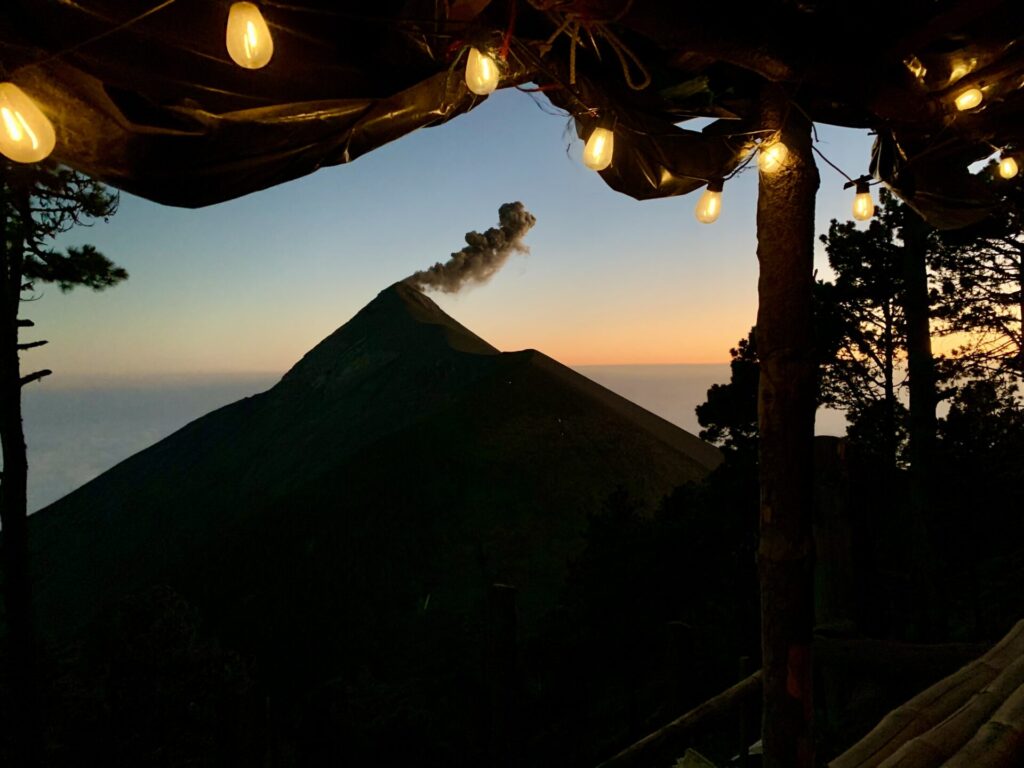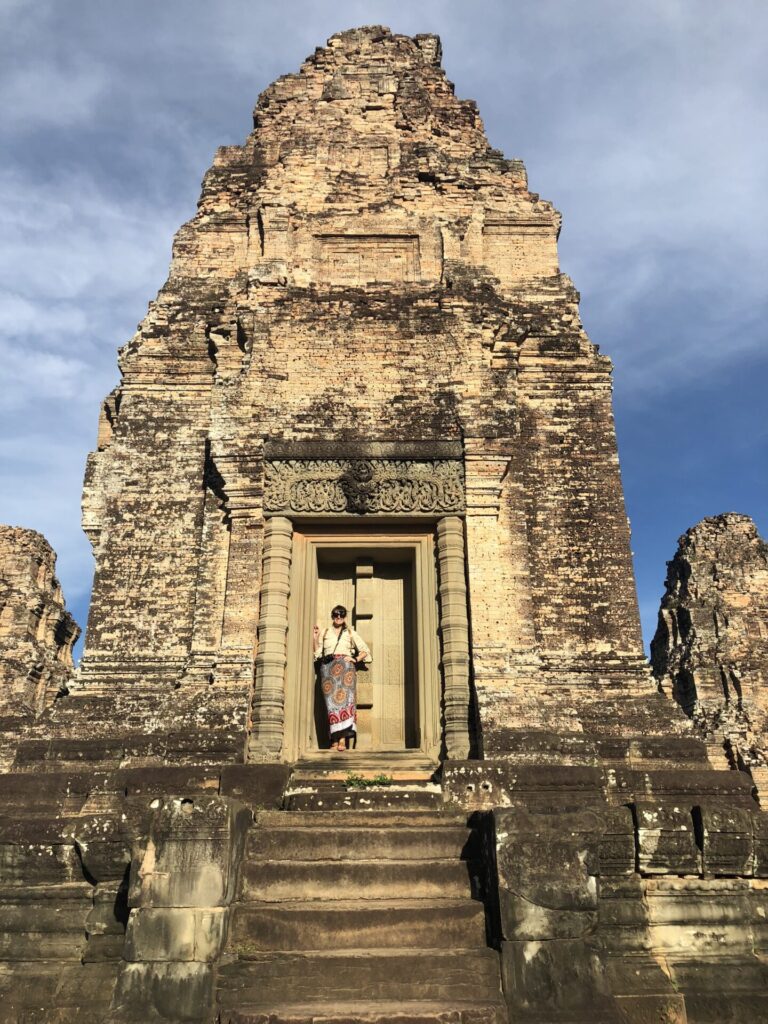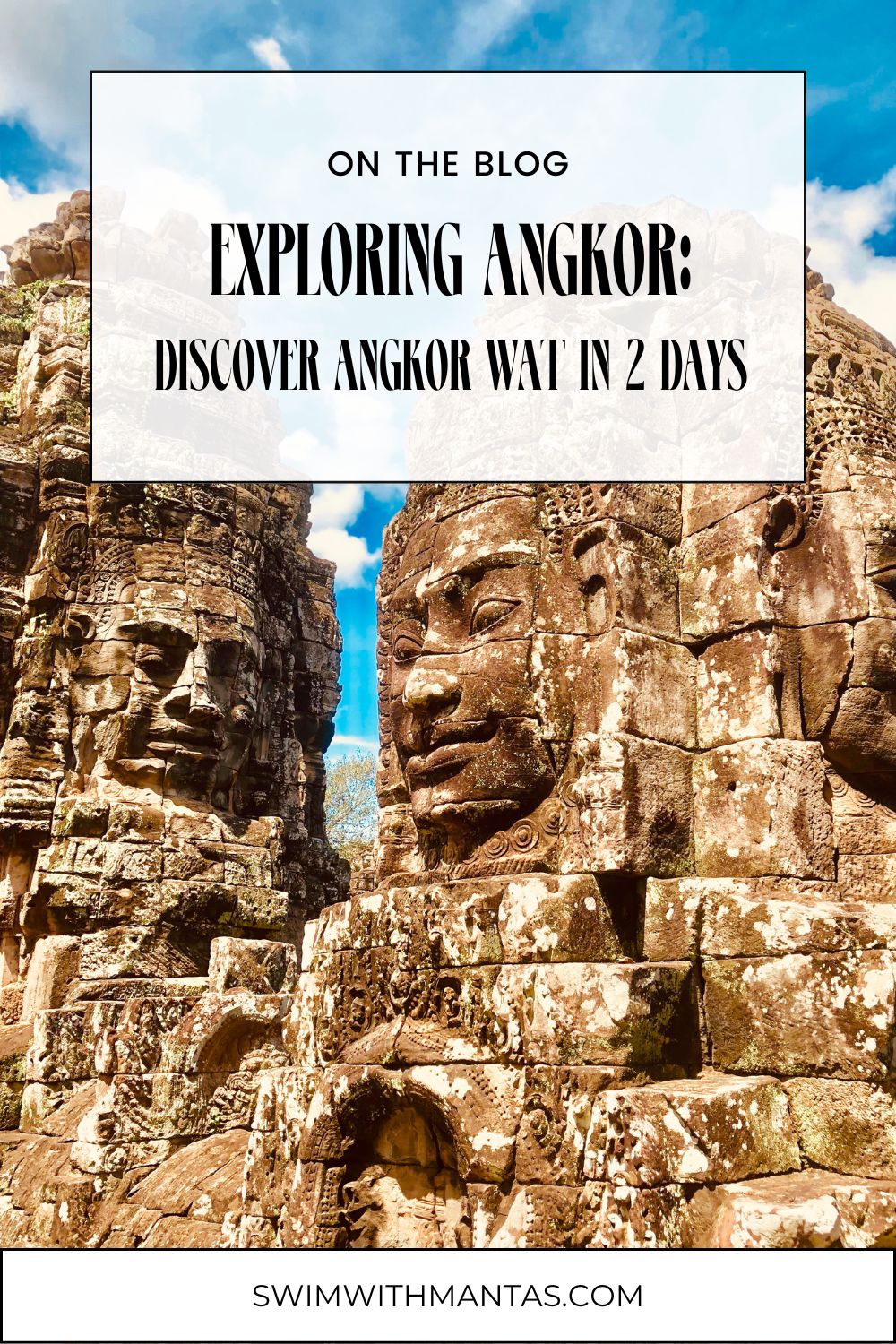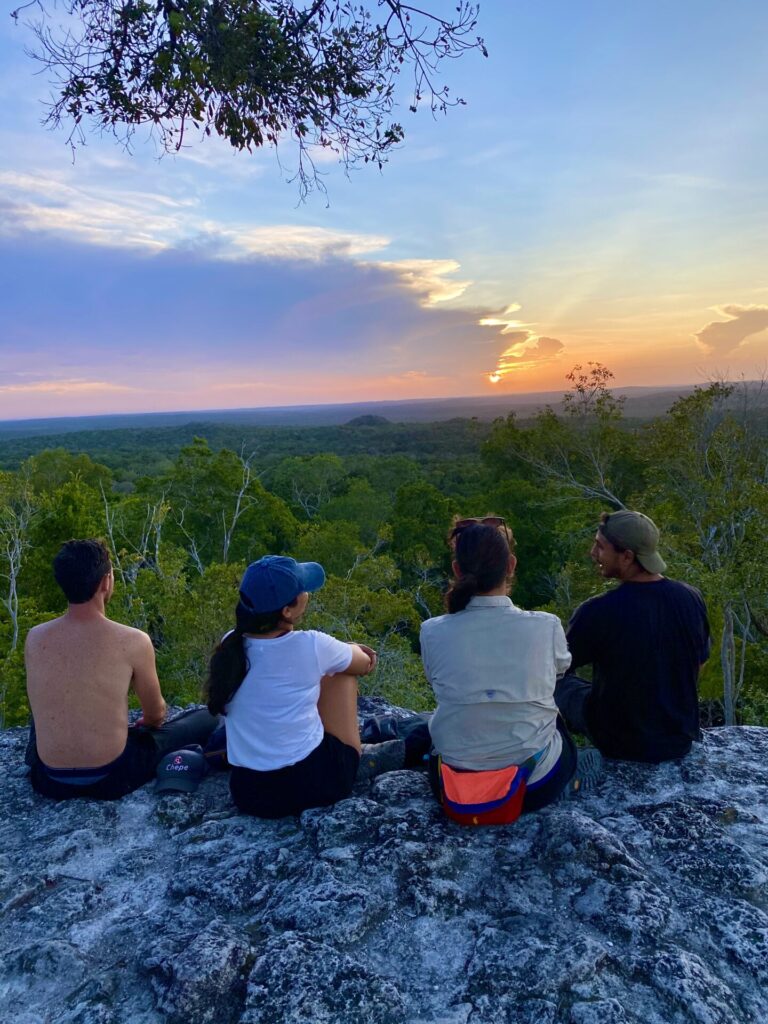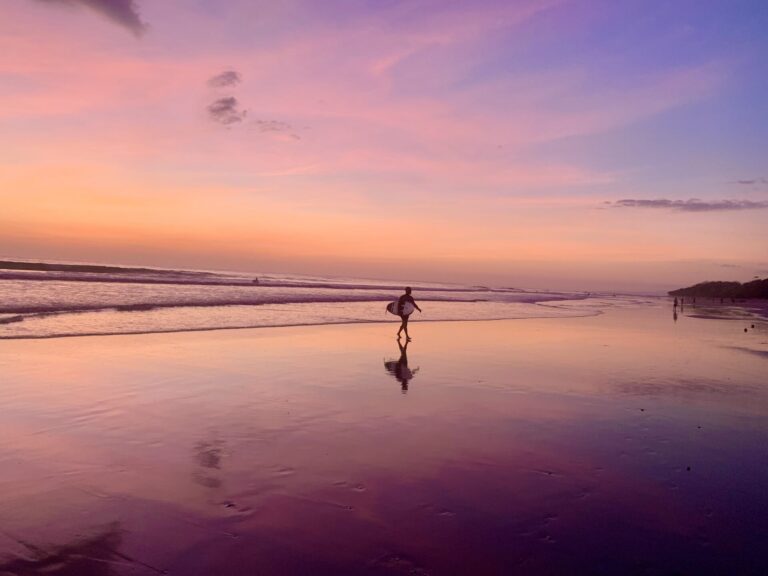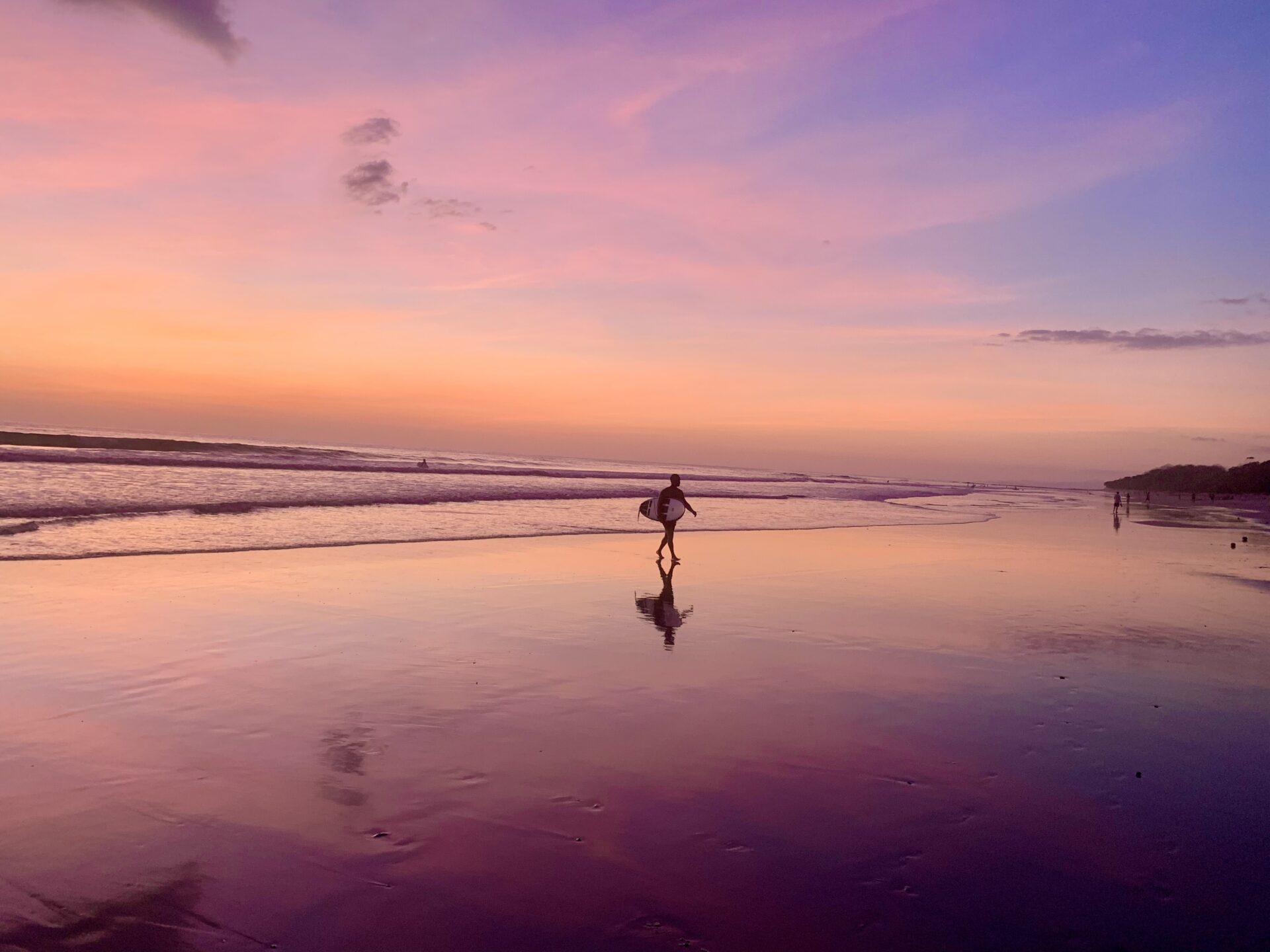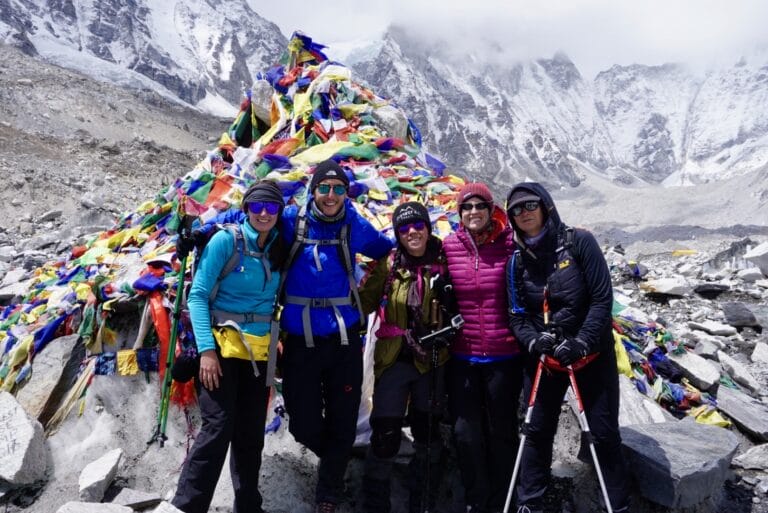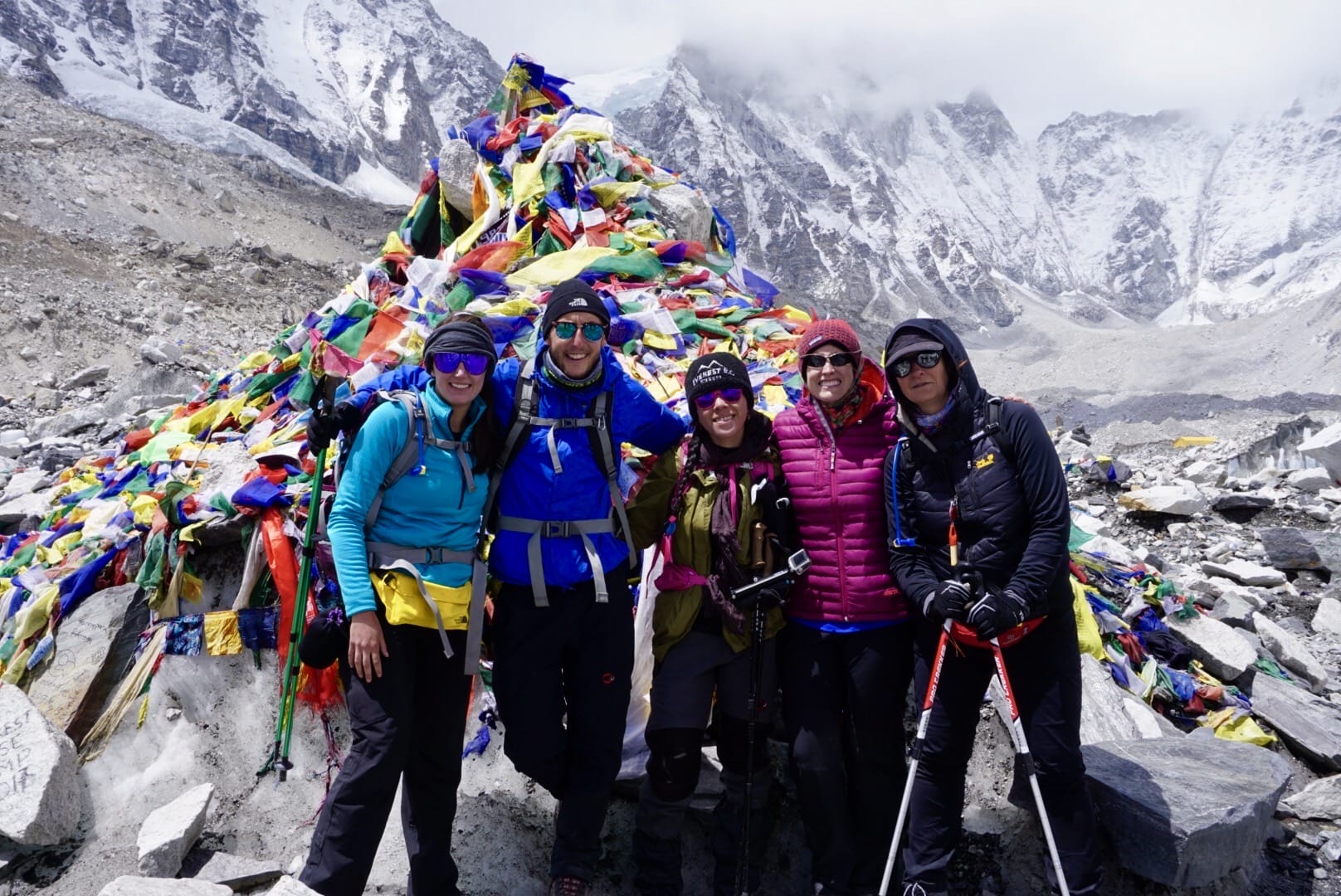Hike Acatenango: The Trek That’ll Blow Your Mind (Literally)
If you’re heading to Guatemala and love a good adventure, there’s one experience that needs to be on your list: the hike up Acatenango Volcano. It’s not just a bucket list trek — it’s a full-blown, once-in-a-lifetime kind of journey that rewards you with epic views, real-deal volcanic eruptions, and serious bragging rights.
Here’s everything you need to know before you hike Acatenango.
Why Hike Acatenango?
Because where else can you fall asleep to the sound of an erupting volcano just across the valley? The neighboring Volcán de Fuego erupts almost constantly, and when you hike Acatenango, you get front-row seats (from a safe distance, of course).
The trail climbs to over 13,000 feet, and on a clear morning, you’ll see sunrise views that stretch across Guatemala’s dramatic volcanic spine. It’s tough — but unforgettable.
What to Expect on the Hike
Most people hike Acatenango as an overnight trek. You’ll start around mid-morning near La Soledad, slowly making your way through farmland, lush cloud forest, and then up into alpine volcanic terrain. After 4–6 hours, you’ll arrive at base camp, usually just before sunset.
The real magic? Watching Volcán de Fuego erupt after dark. Glowing lava bursts into the sky while you sip hot cocoa and wonder how on earth you ended up somewhere this epic.
If you’re up for it, some tours offer a nighttime or pre-dawn trek to a Fuego viewpoint (or even to Fuego itself, which is very challenging). Otherwise, early the next morning, you’ll hike to Acatenango’s summit for sunrise.
When to Hike Acatenango
The best time to hike Acatenango is during Guatemala’s dry season — typically November to April. The trail is clearer, the views are better, and you’ll have a much more comfortable time without worrying about slippery mud or downpours.
That said, this is a volcano — weather changes fast. Always bring warm layers and rain protection, even in dry season.
What to Pack for the Trek
Packing smart can make or break your Acatenango experience. Some operators will provide gear, including jackets and backpacks, if you arrived in Guatemala without this hike in mind. With that being said, bringing your own warn, well-fitting gear will definitely make the experience more comfortable. Here’s what you absolutely need:
• Warm clothes: Temps can drop below freezing at night. Think thermal layers, fleece, insulated jackets, hat, gloves.
• Hiking boots: Solid tread and ankle support are your friends. If you have shoes without ankle support, the volcano rocks will end up in your shoe and really slow you down.
• Headlamp: For that early morning summit push.
• Water & snacks: 3–4 liters per person, plus trail fuel like nuts, bars, or chocolate.
• Backpack: Big enough to carry your gear but still comfortable for 4–6 hours of uphill trekking.
If you’re going with a tour company (which most people do), they’ll usually provide tents, sleeping bags, and food — but double-check!
Is It Hard to Hike Acatenango?
Yes — but it’s doable with some preparation. The trail is steep, and the altitude is no joke. Acatenango tops out at 13,045 feet (3,976 meters), so if you’re coming from sea level, spend a couple of days in Antigua beforehand to acclimate.
A bit of cardio training (think stair climbing or long hikes) will definitely help, especially if you’re carrying your own pack.
Guided Tour or DIY?
You can hike Acatenango without a guide, but unless you’re super experienced and have the right gear, going with a reputable tour operator is the way to go. They’ll handle logistics, food, gear, and help you stay safe. All of the hostels in Antigua will have an operator that they work with and you can usually book right at the front desk.
Some will even let you hire a porter to carry your bag — which might sound luxurious, but trust me, it makes the steep switchbacks a lot more enjoyable.
To hike Acatenango is to experience one of Central America’s most extraordinary adventures. Yes, it’s tough. Yes, it’s cold. But the views, the sense of accomplishment, and the moment you see lava exploding under a starry sky? Completely worth it.
So lace up your boots, charge your camera, and get ready to hike one of the most thrilling volcanoes on Earth.

